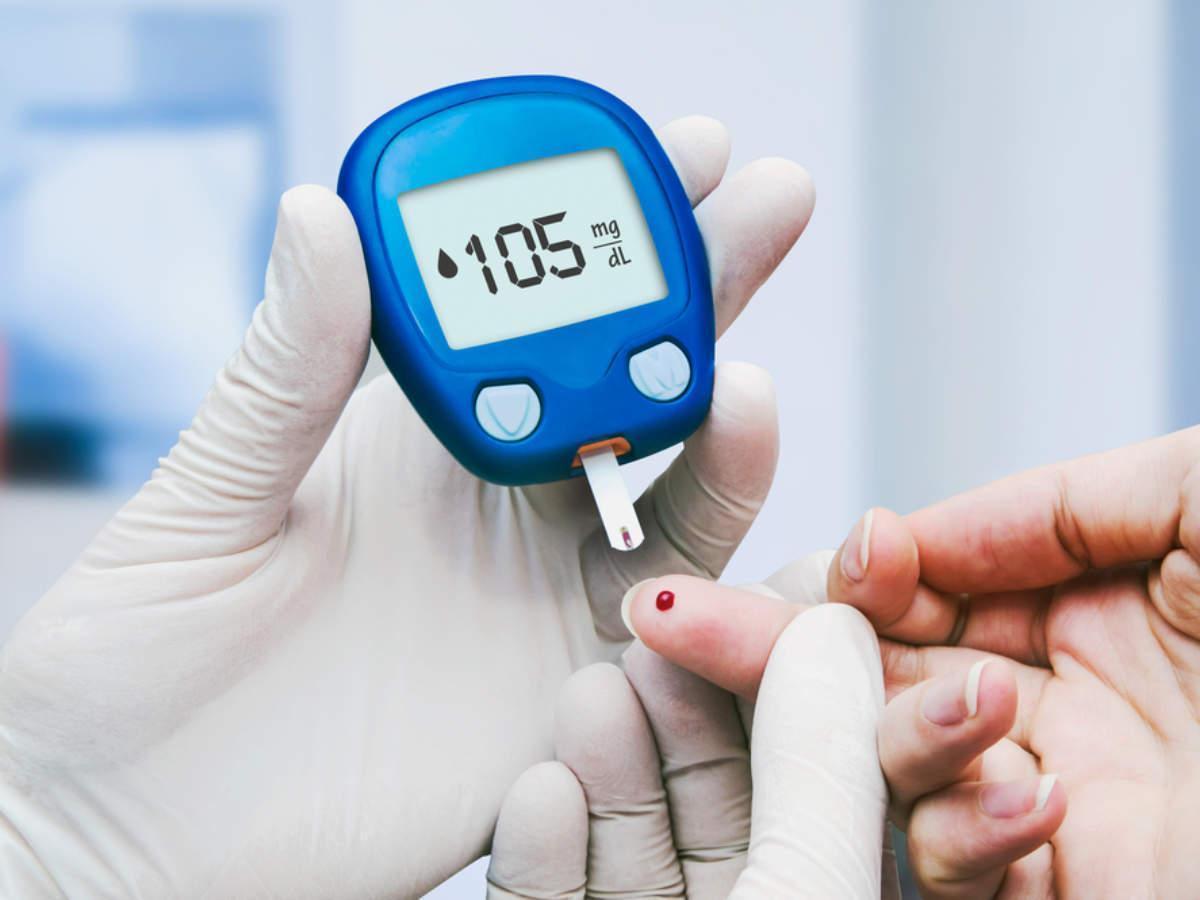Diabetes mellitus is a chronic metabolic disorder affecting millions of individuals worldwide. Its incidence continues growing and is a primary global health concern. Of the many complications of diabetes, oral complications are one of those that are not taken to be of paramount importance, even though they could be very debilitating if left untreated. Under the umbrella of artificial intelligence, the technology stands a chance of revolutionizing diabetes care by providing early detection and intervention to prevent oral complications.

Understanding the Link Between Diabetes and Oral Health:

Uncontrolled sugar levels in the blood help bacteria grow in plaque, leading to gum disease, tooth decay, and dry mouth while slowing down healing. This is what creates a cycle between diabetes and oral health. Gum diseases take place due to the weakening of the immune system due to difficulty in regulating blood sugar, whereas on the other hand, dry mouth worsens dental problems. Conversely, diabetes impairs the body’s ability to heal and recover from dental issues, thereby increasing the chances of getting infections through oral health issues. These dental problems could trigger systemic inflammation that may aggravate diabetes and have potential adverse effects on the heart. These are just some scenarios whereby continuous care would be needed for patients with both conditions to address all aspects and improve further body immunity and required treatment.
Challenges in Early Detection of Oral Complications
While it is well known that maintaining good dental health is essential to managing diabetes, it can be challenging to spot oral problems early. Many people with diabetes don’t show symptoms until their disease is very advanced, which can take a long to know and cure. Furthermore, subjective assessment by medical professionals is an essential feature of traditional methods of oral examination, which may be subject to human error and variability.
The Role of AI in Early Detection
Artificial intelligence (AI)-powered technology offer relevant strategies to enhance early detection of oral fitness troubles in sufferers with diabetes. Large patient datasets, including imaging research, lab effects, and clinical history, may be used by gadgets to gain knowledge of algorithms to investigate developments, estimate patients’ likelihood of oral fitness issues, and non-invasive and accurate analysis of the oral cavity. It’s made possible through AI-enabled cameras and Dental AI screening robots, including dental and oral injection cameras and 3-D scanners, which assist in diagnosing problems in advance.
An example of this type is a scanO. This dental robot uses artificial intelligence (AI) to scan your mouth, provide instant feedback, and help diagnose oral health problems earlier. People with diabetes can now take the first steps to prevent harm to various mouths and maintain good dental health due to this early detection.

Benefits of AI in Diabetic Oral Care:
There are many advantages to using AI in diabetic oral care:
- Early diagnosis of oral issues can be made possible by AI algorithms, triggering fast interventions such as lifestyle changes and preventive medications, enhancing overall health outcomes.
- AI-driven risk stratification models optimize resource use and increase oral health therapies’ efficacy by tailoring them to unique patient profiles.
- AI-powered telehealth services enable remote monitoring of dental health, allowing for prompt connection with medical professionals and preventive management.
- By preventing the worsening of oral health problems and lowering the need for emergency dental care, AI-driven early detection tactics can reduce costs and lessen the financial burden of treating severe dental diseases.
Challenges and Considerations:
There are various obstacles to the broad use of AI in diabetic oral care. First and foremost, protecting data privacy and security is crucial, given the sensitive nature of patient data. Second, algorithm bias must be addressed to avoid inequalities in healthcare provision, and decision-making processes must be transparent. Thirdly, flawless interoperability and sufficient staff training are necessary for integrating AI technologies with current healthcare systems. Securing regulatory approval and conducting validation are essential to guarantee the safety, effectiveness, and clinical value of AI-based solutions. Reaching the full potential of AI in enhancing diabetic oral health outcomes will require overcoming these obstacles.
Future Directions:
Looking ahead, it is likely that AI-driven technology for the early detection and management of oral problems will continue to advance in diabetes care. The main goals of the research will be to improve the predictive accuracy of AI algorithms and broaden the range of applications beyond detection to include outcome prediction and treatment optimization. Moreover, converting AI advancements into significant advancements in medical care would require interdisciplinary cooperation between physicians, data scientists, engineers, and legislators.
Conclusion
Diabetes, dental health, and artificial intelligence offer a ground-breaking chance to change how healthcare is provided and enhance the lives of those with diabetes. Healthcare professionals can lessen the burden of oral problems, improve patient well-being, and advance the paradigm of customized medicine in diabetes treatment by utilizing AI’s power for early identification and intervention. To guarantee AI’s responsible and equitable application in diabetic dental care, we must prioritize patient-centered approaches, ethical considerations, and evidence-based treatment as we navigate this fascinating new frontier.Last Updated on by Dr. Damanjit Duggal
Disclaimer
This site provides educational content; however, it is not a substitute for professional medical guidance. Readers should consult their healthcare professional for personalised guidance. We work hard to provide accurate and helpful information. Your well-being is important to us, and we value your feedback. To learn more, visit our editorial policy page for details on our content guidelines and the content creation process.

 English
English












